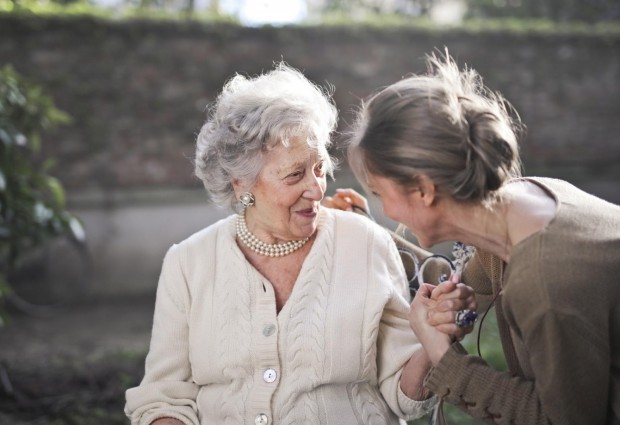Vital Safety Checklist for Senior Homes
There are over 15,000 retirement homes in the United States, host to millions of Americans. Seniors move to these homes to stay safe, socialize, and get the attention and support they need. However, homes that fail to follow safety protocols can be unsafe for seniors, especially because they need extra care.
If you run a retirement home or are looking for one for someone in your family, then make sure that it meets the following safety checklist:
1. COVID-19 Safety
Unfortunately, the COVID-19 pandemic has made the world riskier for seniors. The coronavirus is more severe in the elderly, particularly if they have pre-existing health conditions. In fact, 50% of all COVID-19 deaths involve people aged 80 or older. That's why any senior home needs to observe the following safety protocols during the pandemic:
-
All residents of the building must be vaccinated if possible.
-
The home must be regularly cleaned and disinfected.
-
Hand sanitizer must be available on every floor.
-
Staff must follow physical distancing protocols.
-
Staff must be dressed in personal protective gear.
-
Visitations must be strictly regulated.
Of course, while it's essential for any retirement home to follow COVID-19 safety protocols during the pandemic, it's equally necessary to protect residents from isolation. Phone calls and video chat facilities must be available in every room, and seniors must be encouraged to pursue their hobbies.
2. Fire Safety
It's a good idea to find a retirement home that takes fire safety seriously because the majority of people who perish in fires are the elderly and other types of people with reduced mobility. Start by looking for a home that trains staff in fire safety and has an emergency evacuation plan.
Multistoried retirement homes must have emergency chairs placed near hotspots where they can help staff safely and securely evacuate the elderly and other kinds of people with reduced mobility. Remember, such chairs are easy to use and help retirement homes meet safety legislation.
In addition, smoke and carbon monoxide detectors must be installed in the hallways and bedrooms and regularly maintained. It's also helpful for staff to have access to fire blankets and fire axes.
Rooms should have access to electric kettles and microwaves instead of gas-powered cooking devices that can result in accidents. Items like candles and space heaters must be avoided at all costs as they're risky. Finally, the wiring in the building must be checked regularly.
3. Fall Hazards
Great care should be taken to ensure that there are no fall hazards. If you notice magazines or newspapers on the floors, then avoid the retirement home. Likewise, stay away from buildings with clutter in the common rooms.
Check the bathrooms to ensure that there are rubber mats and support bars in the bathtubs to support the elderly as they shower. Bathrooms should have bathing chairs and hand-held showerheads to make it easier for people with reduced mobility to bathe.
The home should also be well lit to help seniors with weakening eyesight. Bathrooms and bedrooms should have nightlights to enhance safety when the sun goes down.
These are three key areas you should explore when looking for a safe and secure retirement home for the senior citizen in your family.
See Now: NASA's Juno Spacecraft's Rendezvous With Jupiter's Mammoth Cyclone
* This is a contributed article and this content does not necessarily represent the views of scienceworldreport.com





Join the Conversation